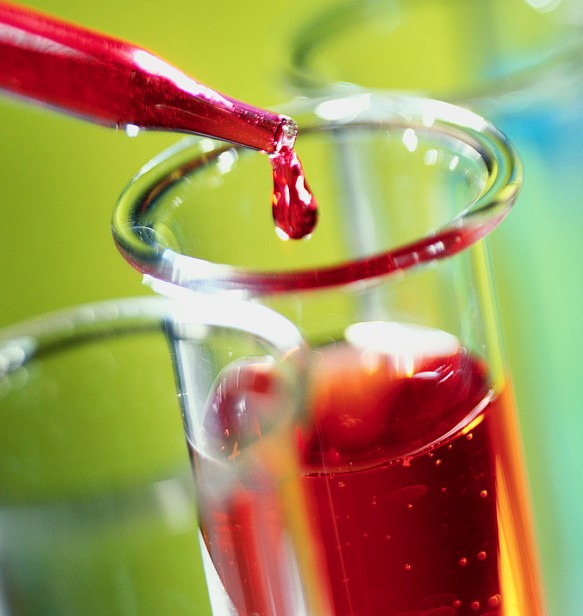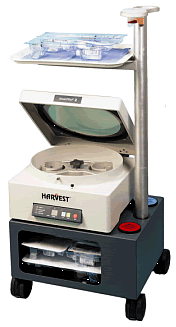Platelet-rich plasma therapy (PRP) involves the injection of a concentration of platelets into an area of tissue injury. Platelets are rich in naturally occurring growth factors that can speed up the healing process. Blood obtained from the patient is spun down (centrifuged) creating a highly concentrated pellet of platelets.

Processing of the blood is done, in most cases, by a bedside machine or, in the case of Regenexx Colorado, by a cell biologist in a state-of-the-art lab.

Injection of the platelet concentrate is performed under ultrasound or x-ray guidance to ensure accurate placement.
PRP has been used successfully by professional athletes, as well as weekend warriors.
Unfortunately, the recent attention of a Canadian health provider utilizing PRP therapy has led to some confusion over this therapy.
At this Canadian practice, ultra-sound guided PRP therapy was combined with IV infusion of growth hormone and active in. The latter two medications are total-body performance enhancers, whereas PRP is intended to have an effect only on the local tissue into which it is injected (meniscus, ligament, muscle.)
This is not the standard practice. PRP therapy is not routinely combined with the use of performance-enhancing medications (growth hormone or actovegin).
If in doubt, ask your doctor questions. How was the PRP made, what is the concentration, route of administration, and whether or not other medications (enhancers) are being used?
At the Centeno-Schultz Clinic, PRP therapy is just one of the many regenerative therapies directed at getting individuals back to pursuing their dream.
